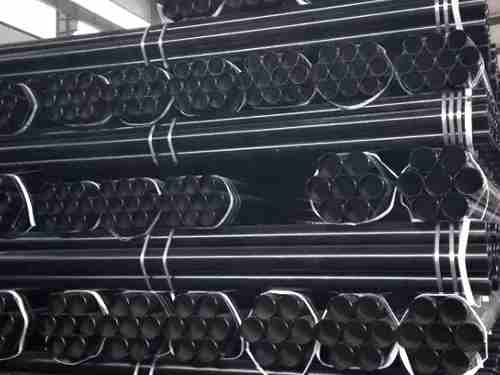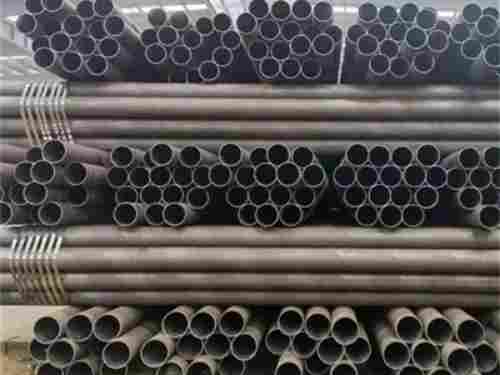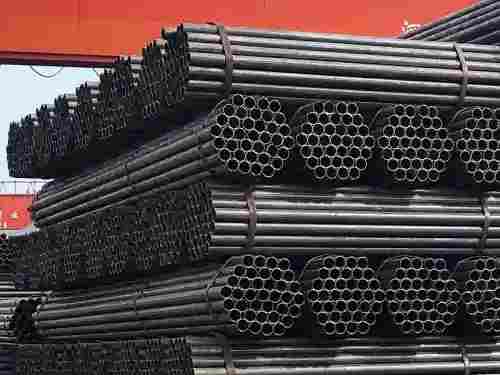Galvanized pipe is a steel pipe with a zinc coating, usually an ordinary carbon steel pipe or alloy steel pipe. Galvanizing is a common anti-corrosion treatment used in many different applications, including piping systems carrying water, gas, petroleum and chemicals. But galvanizing is a complex process that can be done in a variety of ways. This article will introduce the process introduction and advantages of galvanized pipes.
Galvanized Type:
1) Hot dip galvanizing
In the hot-dip galvanizing process, the metal is immersed in a hot zinc bath at approximately 450°C. When it is removed, the coating surface reacts with oxygen to form zinc oxide, which then reacts with carbon dioxide to form zinc carbonate. Before galvanizing, the metal must be cleaned with a caustic alkali solution and then pickled in an acidic solution; zinc ammonium chloride can also be used to prevent premature oxidation of the metal before galvanizing.
2) Electro-galvanized
Electrogalvanizing combines zinc plating with electroplating: an electric current is passed through a zinc bath with a zinc anode and steel conductors. The process produces a thinner coating than hot-dip galvanizing and also produces a brighter surface finish suitable for cosmetic applications.
3) Snow heating
This form of galvanizing has several names: thermal diffusion galvanizing, vapor galvanizing and dry galvanizing. It involves heating steel components to 500°C in a closed rotating drum filled with zinc powder. The evaporated zinc diffuses onto the surface of the steel, forming a tightly bonded coating. It is ideal for small parts and parts that need to be coated internally.
4) Galvanized
Galvanizing is a combination of hot dip galvanizing and annealing. The hot-dip galvanizing process proceeds normally, and then the coated metal is passed through an air knife to remove excess zinc. The metal is then briefly heated in an annealing furnace at 500–565°C, causing the iron and zinc layers to diffuse into each other, forming a zinc-iron alloy layer.
Galvanized Pipe Process:
- Prepare the pipe:
Start with plain carbon or alloy steel tubing. These pipes are typically cleaned and surface treated to remove dirt and oxides before production.
- Pickling:
The pipes are pickled to remove surface grease, dirt and rust.
- Galvanized:
The pipe is immersed in molten zinc and is coated with a strong zinc coating using the hot-dip galvanizing method. This process prevents oxygen and water vapor in the atmosphere from corroding the pipe.
- Cool down and check:
After galvanizing is complete, the pipe is cooled and then quality checked to ensure the uniformity and integrity of the zinc coating.
Galvanized Pipe Advantages:
- Anti-corrosion: Galvanized pipes have good resistance to atmospheric oxygen and moisture, making them suitable for outdoor use such as water pipes, drain pipes and fences.
- Durability: Galvanizing increases the life of the pipe as it provides mechanical and corrosion protection.
- Aesthetics: Galvanized pipes generally have a glossier appearance and are suitable for applications that require a good appearance, such as guardrails and decorative pipes.
- Easy maintenance: Maintenance of galvanized pipes is relatively easy as the zinc layer provides extra protection.

 English
English Español
Español











